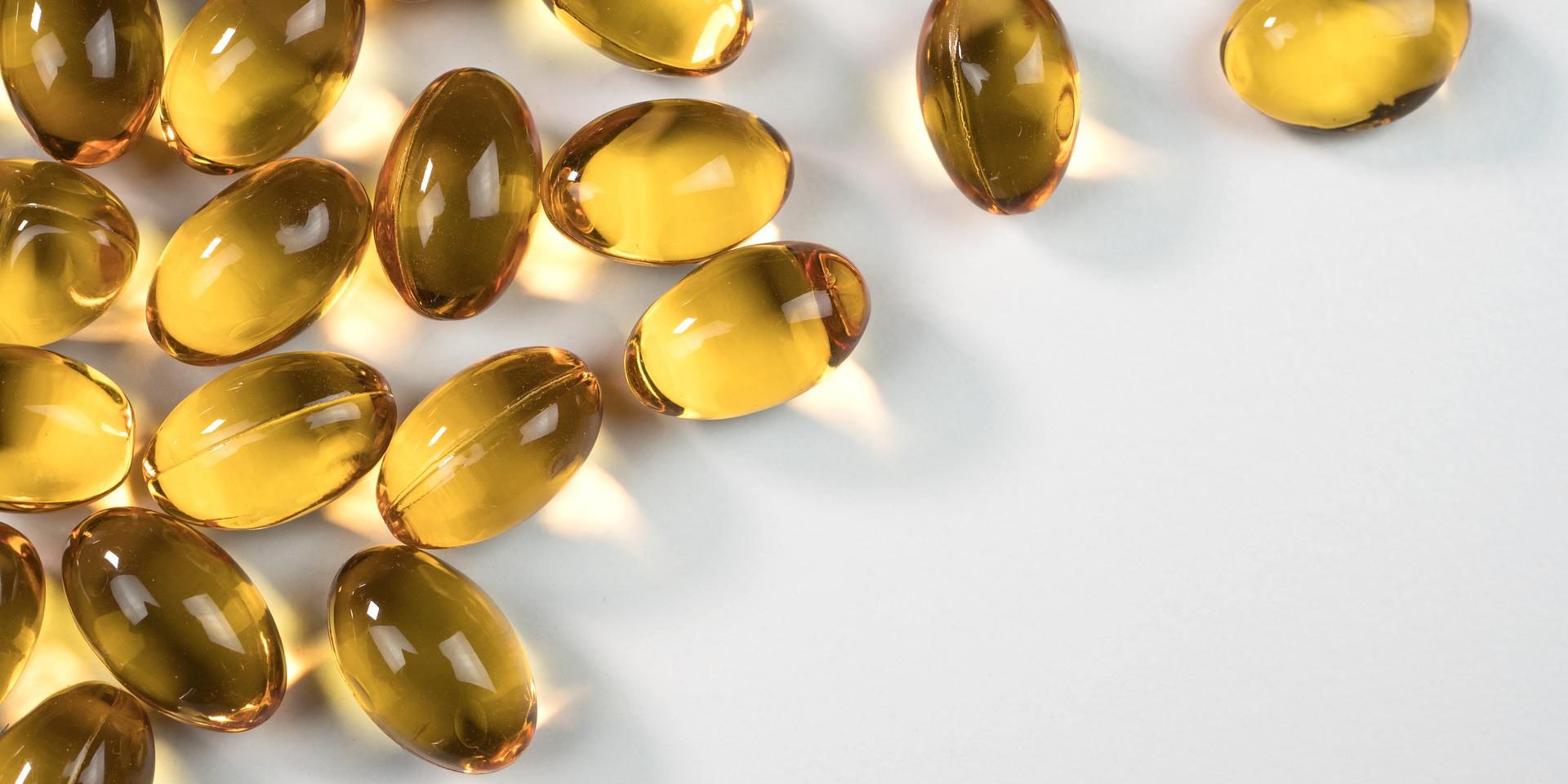Everyone gets a leg cramp – also called a charley horse – at some point or another. And an electrolyte imbalance is often to blame for these spasms, which is why taking potassium for leg cramps may help prevent pain.
How exactly does potassium help with leg cramps?
Eating bananas for cramps will not cure the issue in the moment but eating an electrolyte-rich diet that includes potassium may help prevent muscle spasms in general.
Many people attribute leg cramps to a lack of potassium, which is an electrolyte crucial to maintaining muscle functioning.
Potential causes of Leg Cramps
You do not have to be an endurance athlete to get leg cramps. In fact, muscle spasms do not just occur during exercise – random cramping or nighttime leg cramps can also occur due to potassium defieciency or these other common causes:
Dehydration – potassium is not the only electrolyte associated with muscle function. Others include sodium, calcium, and magnesium, and they work much the same as potassium to help support your muscles, nerves, brain, and heart.
When you become dehydrated by losing fluids from sweating, vomiting, diarrhea, or not drinking enough water your electrolyte levels can dip and cause symptoms like muscle weakness, cramping or twitching.
The muscles work as a grid. And when that grid comes together for a muscle contraction, it takes a chemical reaction – including water – for that grid to release and the muscle to open back up. Having water at the site of the muscle cells is important.
Exercise – Especially in a hot environment – can deplete your muscles from that water and is thus a common cause of muscle cramps. That is why endurance athletes often sip sports drinks that supply potassium, magnesium, and other electrolytes.
Skipping your Warmup – Not warming up enough before exercise or muscle fatigue due to overexertion can also cause leg cramping, as can muscle and nerve injury or compression of a spinal nerve.
Your Age – Age can also be a factor. For instance, middle aged and older adults are more prone to nighttime leg cramps.
If you drink plenty of water stretch regularly, eat enough potassium, and still have a problem with leg cramps, talk to your doctor to see if there is another factor contributing to your muscle pain.
Circulation Problems – Poor blood supply may also cause cramping. This symptom can be associated with underlying conditions like diabetes or a thyroid disorder.
How to Treat and Prevent Leg Cramps
Leg cramps usually go away on their own in one or two minutes without any treatment. But there are certain things you can do to relieve the pain and spasms while they are happening.
Stretching and Massaging the Area – Gently stretching and massaging the affected muscle. If you are prone to cramping in the middle of the night, it is suggested to stretch your legs before you go to bed.
Eat Potassium Rich Foods – When it comes to potassium for leg cramps, eating a banana or another high potassium food is unlikely to help a cramp that is already in process (though it will not hurt).
That said, getting enough potassium through your diet may help prevent future spasms.
In general, the recommended daily potassium intake for adults is:
Female – 2,600 mg
Male – 3,400 mg
If you are eating a balanced diet full of whole foods, you should not have much trouble getting the right potassium dosage for leg cramps. But if you suspect that your muscle spasms are caused by an electrolyte imbalance, snack on more potassium-rich foods like:
- Fruits like bananas, melon and dried fruit like raisins and prunes
- Starchy vegetables like squash and potatoes
- Leafy greens like beet greens, spinach, and Swiss chard
- Legumes like beans, peas, and lentils
- Fish like salmon and tilapia
- Dairy products like milk and yogurt
Ask your Doctor about a Supplement – If you suspect your leg cramps are the result of an underlying potassium deficiency, visit your doctor to get a diagnosis. They may suggest you take a supplement to up your levels of the nutrient.
Exercise – One of the best ways to prevent run-of-the-mill cramping and spasms is to improve your muscle strength and stamina through resistance exercising. Focusing on strengthening the calf muscles, hamstrings, and quadriceps may be especially helpful.
Stay Hydrated – Make sure you drink lots of water before exercising. Water and other hydrating beverages like sports drinks contain electrolytes that can help replenish fluid lost through sweating.
You can also try less intense exercise for shorter periods of time or skip exercising in hot weather to avoid throwing your electrolytes out of whack from excessive sweating and exertion.
The same goes for when you are sick or otherwise losing lots of bodily fluids, proper hydration can help keep your electrolyte levels stable and prevent side effects like cramping.
Muscle cramps often go away on their own. But if the cramping is extremely painful, occurs often without an obvious cause or comes with additional symptoms like muscle weakness, swelling or a change in skin color, visit your doctor.
Request and appointment by texting 850-629-0345 or call our office today at 850-309-0356.

